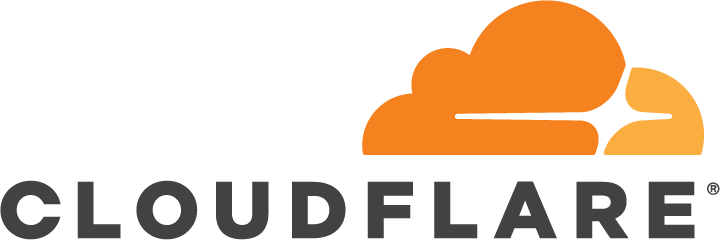
Every security team wants to keep their employees and data safe from the latest threats. To accomplish that, many are implementing a Zero Trust security strategy, in which no application, Internet property, or website code is trusted by default, and all must be securely processed at the moment of interaction.
Browser Isolation technologies process website code in the cloud instead of locally on the device, effectively isolating employee Internet browsing activity from endpoints, and securing the network from threats in real time.
But most companies still aren’t implementing isolation techniques to solve security challenges. Why? And how can your team unlock the true value of Browser Isolation to protect your employees and data?
Download the whitepaper, “Common Browser Isolation Challenges and How to Overcome Them,” to learn about some of the most painful shortcomings of traditional isolation approaches, and how Cloudflare’s new Browser Isolation platform helps security teams overcome them.
